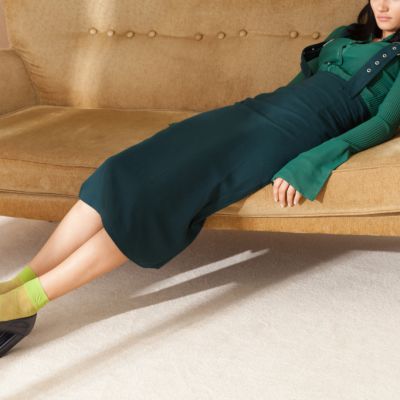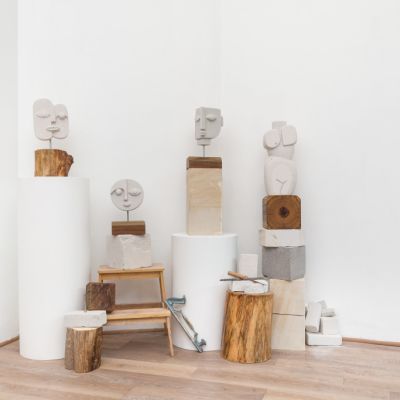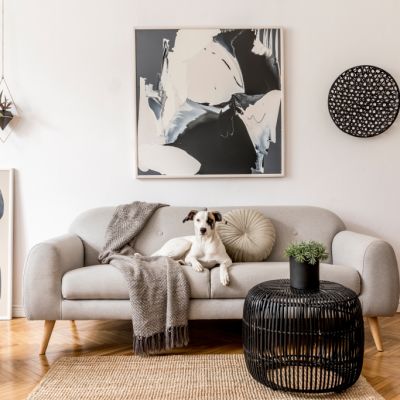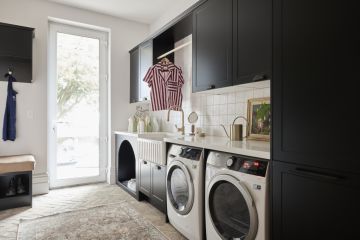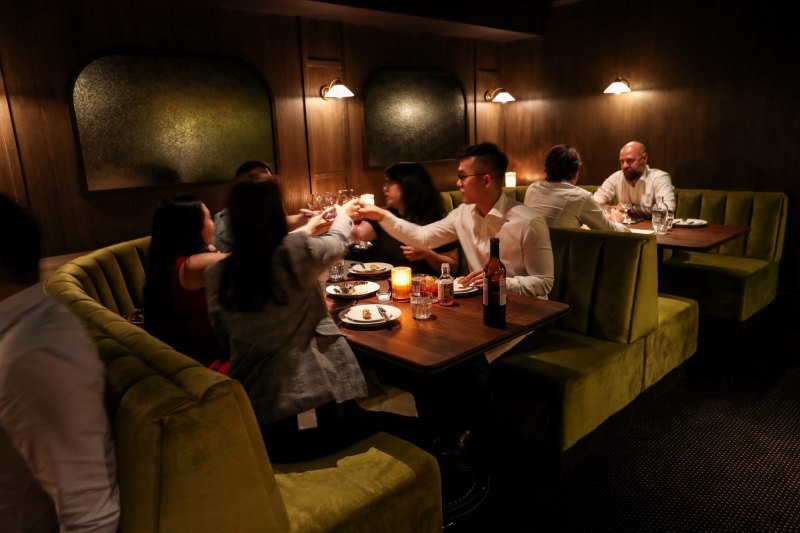'Art is in demand more than ever': Collectors buy up big during the pandemic
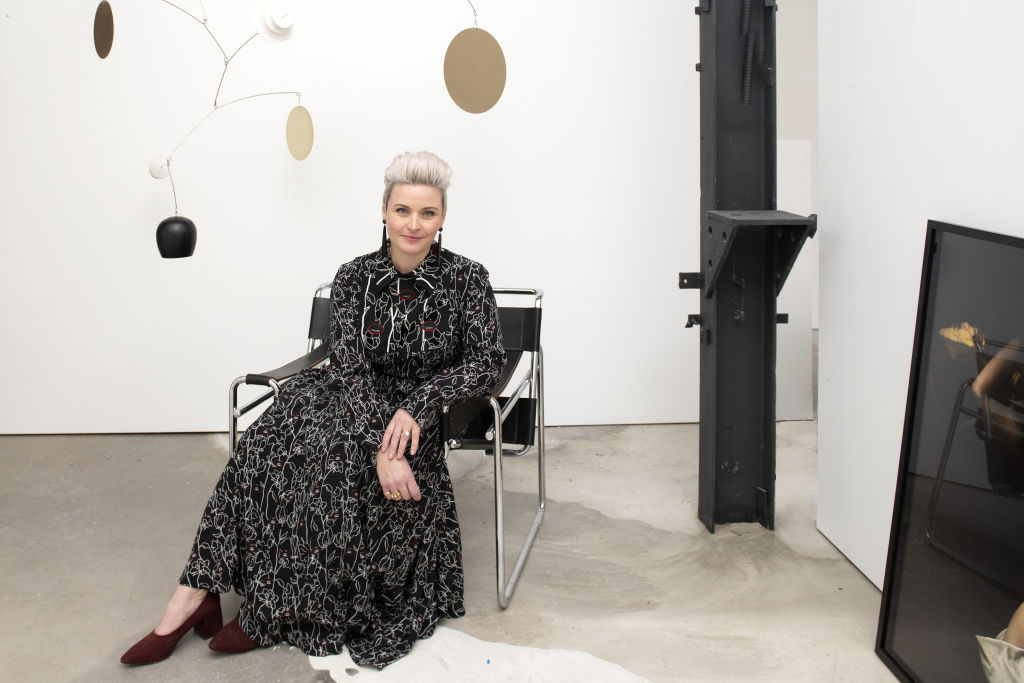
The pandemic might have forced the art world online, but it hasn’t stopped our appetite for it.
While auction houses sell under the hammer via streaming and galleries push digital platforms, it seems Aussies are happy to make an art purchase without seeing it in person.
Curatorial+Co art gallery owner and curator Sophie Vander says her Redfern gallery and online platform has exceeded expectations during the pandemic.
She says the desire to purchase art for the home is in demand more than ever, and the public thirst for emerging artists is also at peak interest.
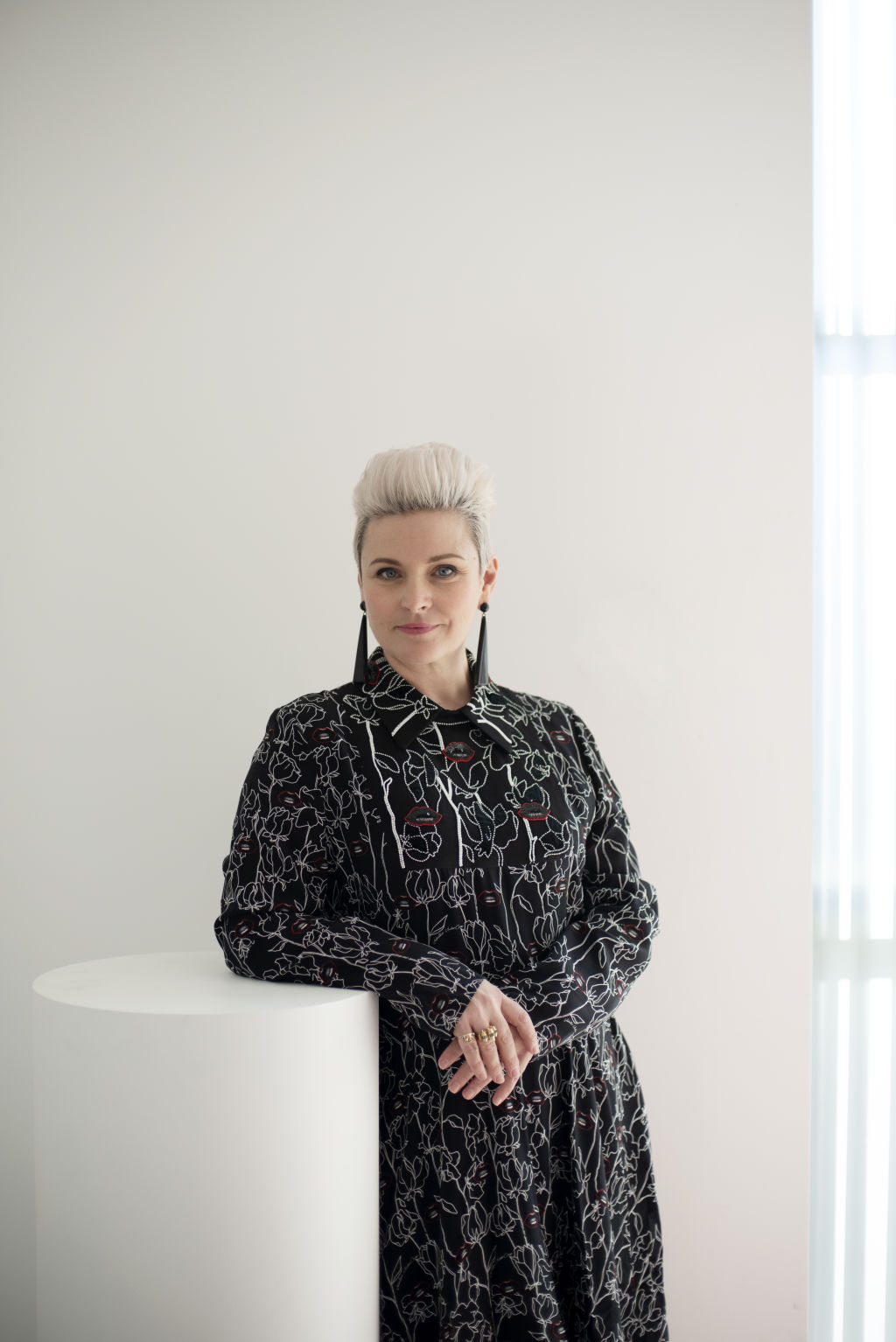
“People who still have an income want to support those industries that have been affected,” Vander says.
“And while live theatre and performance have been decimated, the visual arts can continue and people have come out in droves to buy works unseen.”
Those who sold well include Australian oil painter Theresa Hunt, who captures the moments of our recent bushfires, and mixed media artist Katrina O’Brien, whose semi-surrealist work was also fitting for our times.

O’Brien also made videos while she painted, adding to the sensory experience for the buyer who purchased her work.
“People crave connection with artists, their narrative and want a backstory behind the work too,” Vander says.
“Theresa Hunt’s works demand introspection, you meditate in front of them – that really resonated during this period.”
The large abstract works of Melbourne artist Barbara Kitallides were also popular.
“Her works are bright and bold and sat with us for months, but when COVID hit, people really responded to them. They sold out,” Vander says.
“People suddenly felt the joy, colour and pure escapism that her work demands. Instant passion and bam for the home.”
Sydney artist Sidney Teodoruk is currently exhibiting in a joint show, The Monster Mash, with comedian/artist Noel Fielding (of The Mighty Boosh fame) at London’s Don’t Walk Walk Gallery.
It’s his bold colour, DIY intentions and powerful expressionism that connect with his audiences right now. He’s one shake rock’n’roll and two shakes visual poet, pegging his verses on all that is dark and light about humanity.
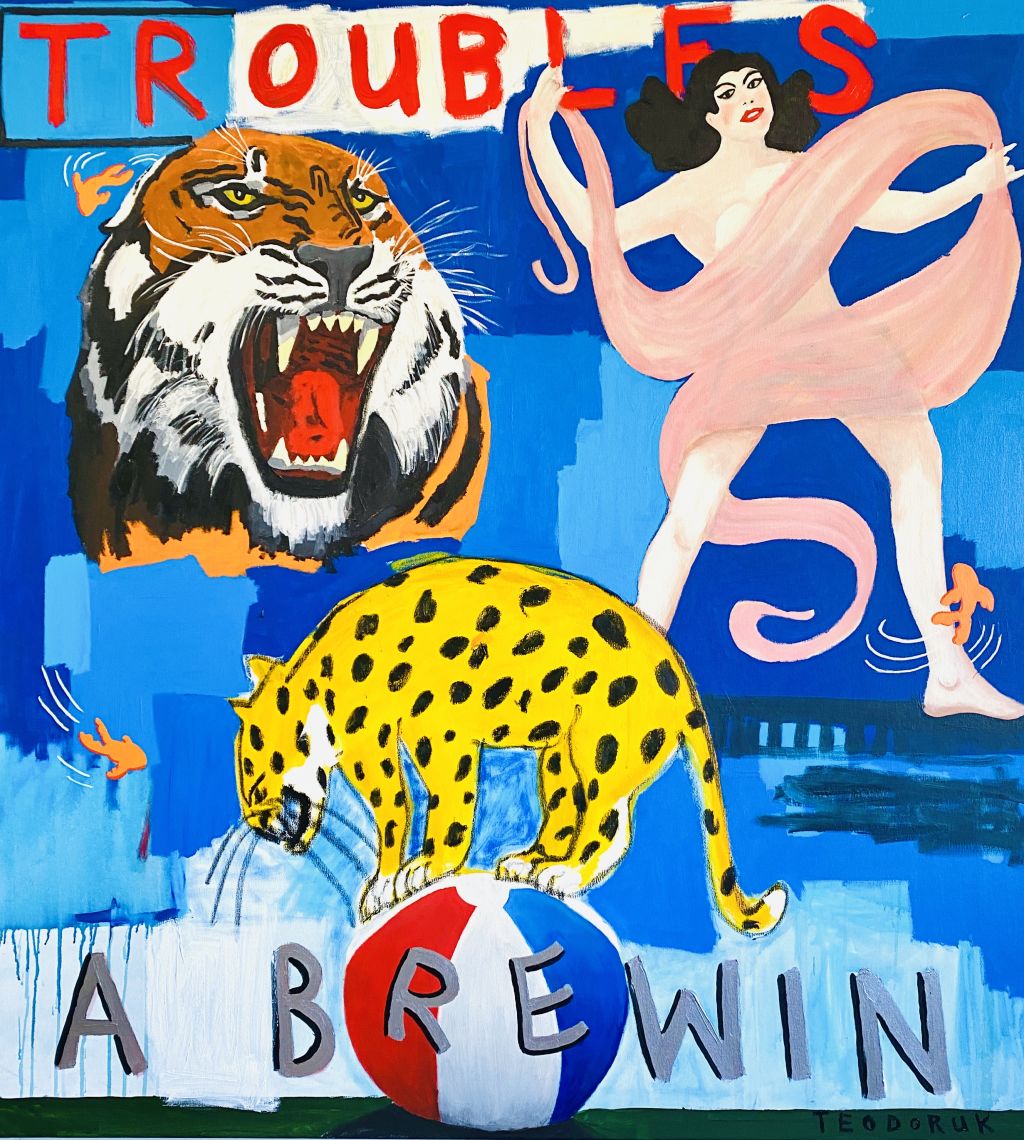
“Collectors and clients are leaning towards my artworks that mostly consist of positive text and imagery. I don’t blame them, given the circumstances we’re in,” Teodoruk says.
The Marrickville-based artist recently made two large-scale paintings depicting a leopard roaring among a palm tree and sun with text above that reads “Fight Off Your Demons” – the metaphorical message pertinent to how he feels and our times.
“These paintings weren’t a reaction to COVID-19, but more about my own ongoing mental health issues. I guess I’m not alone there,” Teodoruk says.
“A lot of people are feeling the same and it’s that connectedness and understanding captured in my work that have made these two paintings so popular in this time.”
While he deals with dark themes, it’s the juxtaposition of colour that’s inspiring collectors right now. “They want to see paintings full of energy and expressiveness, they want bright and bold to combat these darkened times,” Teodoruk says.
Bonhams‘ Merryn Schriever says the pandemic has seen a 30 per cent increase in art purchased by Millennials in Australia in the past six months, the global trend seeing them hunt for luxury items online.
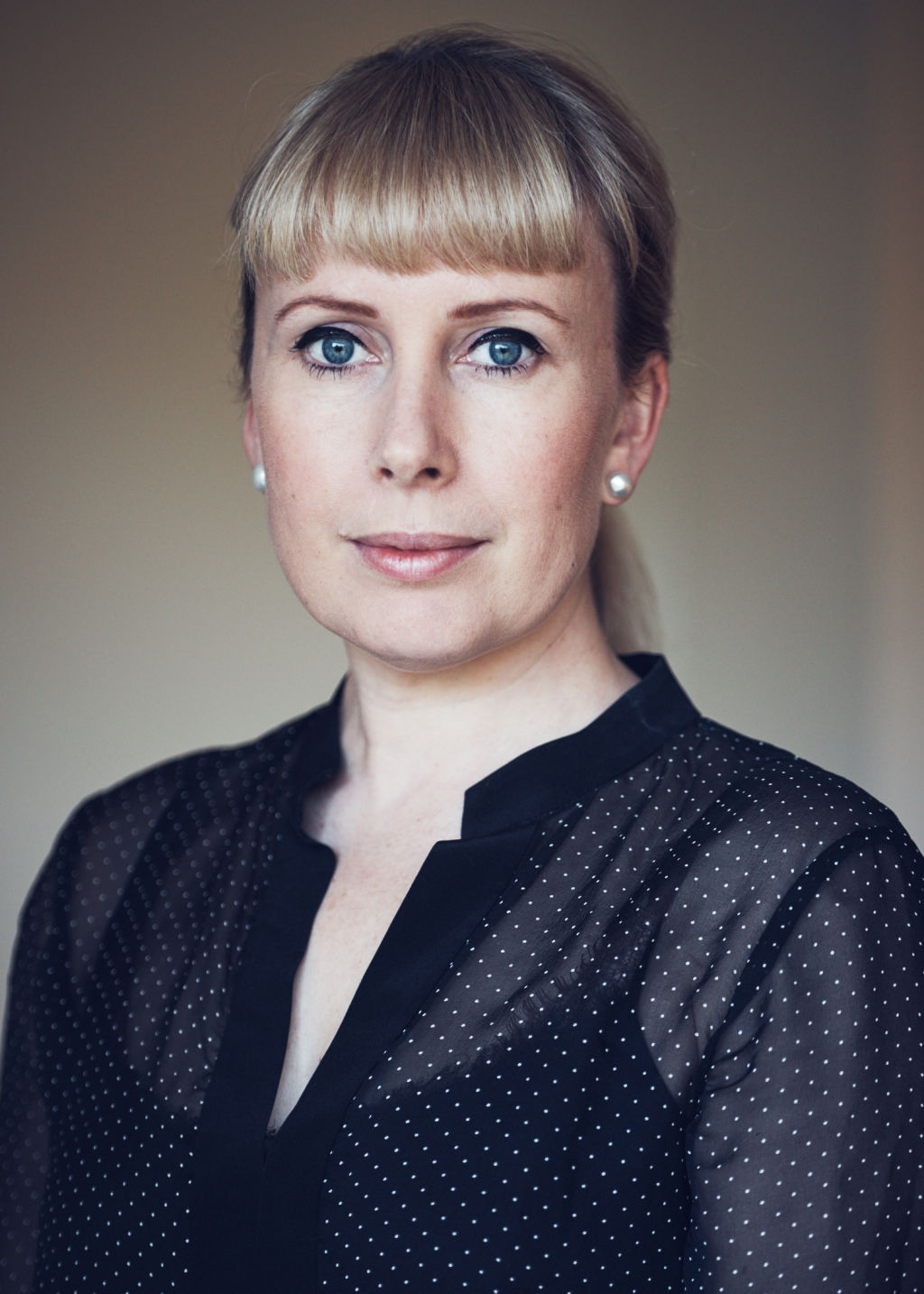
“Millennials have totally embraced this new technological way of auctions,” Schriever says.
“They are surging into sale rooms and collecting categories, from wine, to whisky and now art. They are totally new to our market.”
Bonham’s Australia has hosted 12 auctions locally in that time with lots including Indigenous Australian art. Their New York branch, meanwhile, auctioned a Kashmir sapphire weighing 9.23 carats that sold for $1,742,575.
The Australian highlight is undoubtedly Long Jack Phillipus Tjakamarra’s monumental Untitled (Kalipinya), 1972, the largest Papunya board ever to come to market (119 x 122 centimetres).
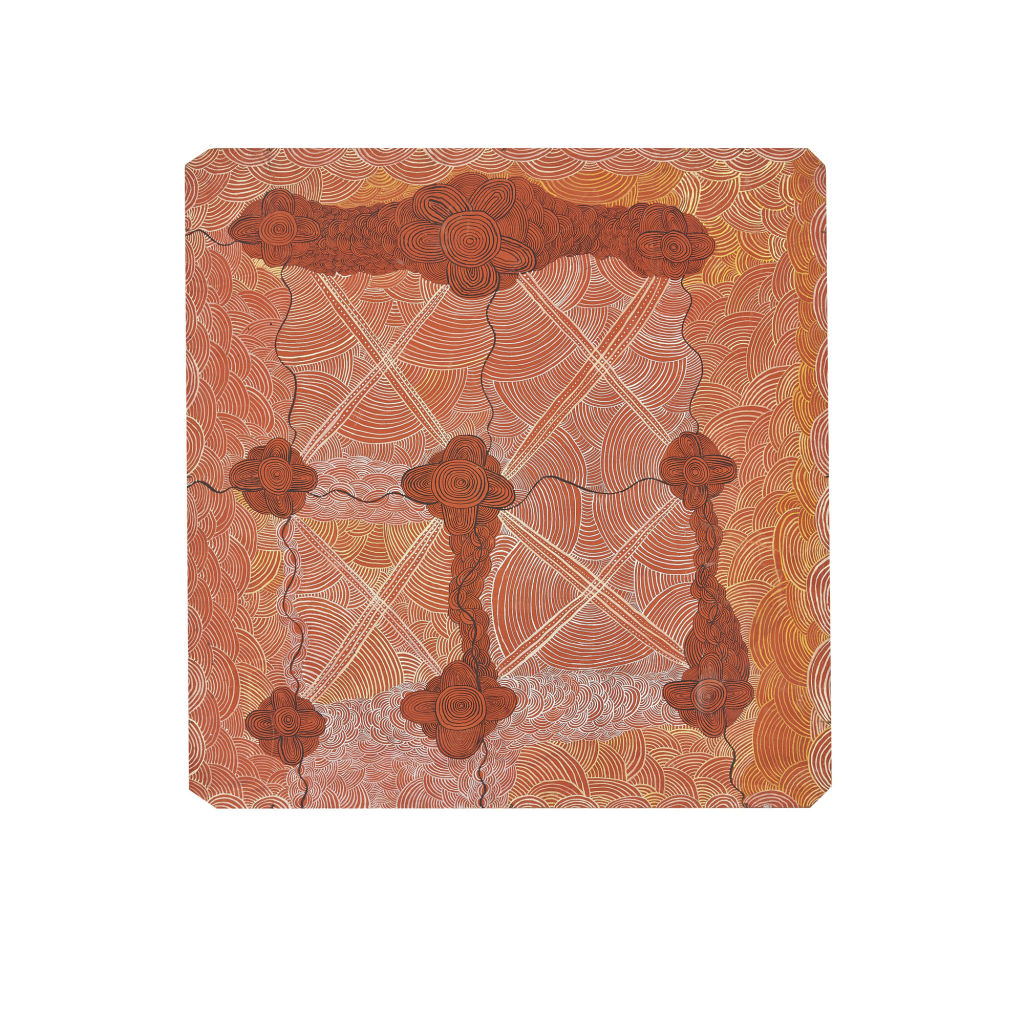
“Because our collectors can’t go to New York or London and travel to these places won’t happen for some time, they’re looking towards home and thinking what’s important,” Schriever says.
“When something special like the works of Kalipinya came up [estimated at $70,000 to $100,000], we had huge interest and a strong return to collecting Australian art. Everybody wants to fill their home with self-nurturing pieces that really connect to Australia.”
We recommend
We thought you might like
States
Capital Cities
Capital Cities - Rentals
Popular Areas
Allhomes
More
